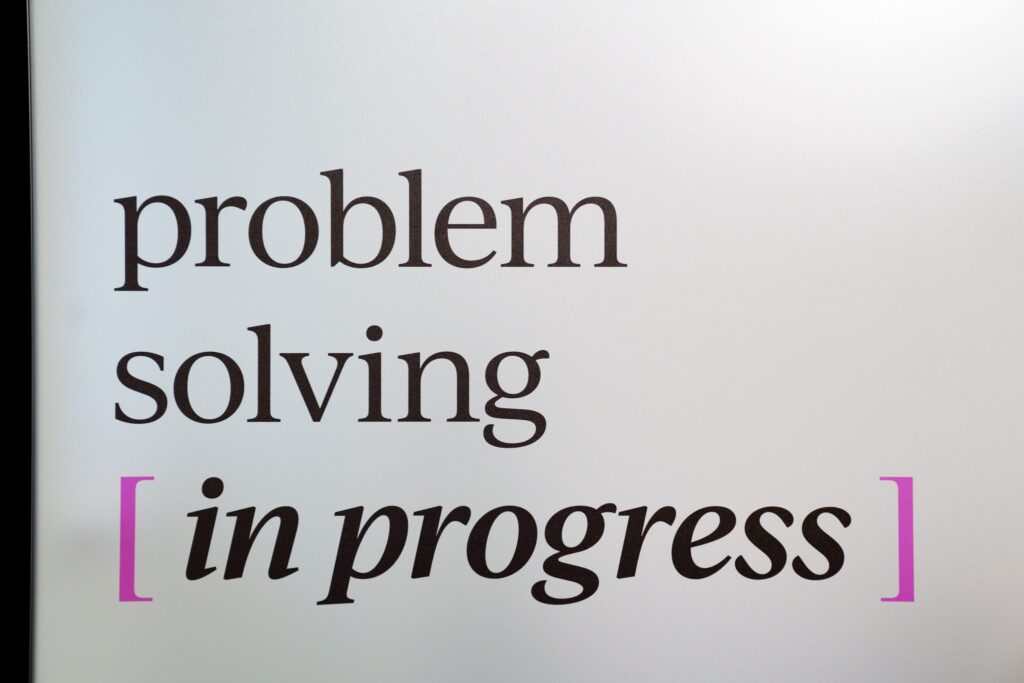Kaizen: ‘changes for better’
An introduction to executing Kaizen, the practice of Continuous Improvement (CI)
An introduction to executing Kaizen, the practice of Continuous Improvement (CI)
Kaizen: ‘changes for better’

The Japanese word ‘Kaizen’ translates to ‘change for better’ and originates in post-war Japan where groups of workers were urged to focus on quality in order to decrease manufacturing defects and support the country’s reconstruction post WW2. Today’s practice of Continuous Improvement (CI) has spread itself to all industries and types of companies, and reflects the ability of a team or business to continually drive improvements to its products or services.
The CI practice starts with the right mindset. Simply put, it is impossible to continually find new ways to improve a business without consciously trying to do so. If you are reading this post, it seems like at least CI is on your mind.
Beyond the mindset, CI is also a collection of steps that help to successfully execute this mindset and deliver tangible benefits to the top line, bottom line, and to the employee experience.
This article can be used as a guide to help organisations execute and benefit from Kaizen, the CI philosophy.
- Understand your performance
In order to continually improve performance, start by creating a baseline that captures current performance. It is important this baseline has a balanced view, covering business metrics, customer experience measures, and people experience indicators. At this point, it is worth taking some time to reflect on which data points are being tracked, as well as thinking about how to obtain the rest of the insight required to build a balanced scorecard.
Key tips:
- Think about trying to get all of this information into one central dashboard so it can be looked at holistically.
- Remember that the data will only be useful if it is up to date. Make life easy and try to find a way to keep the central dashboard automatically updated (e.g. at minimum ensure you have someone in your team responsible for updating the data, at best try to connect your systems to a KPI dashboard software that pulls data in and is always up to date)
- Data is most actionable when it is represented visually, so use graphs and colours to get as much insight as possible from the data.
- Define your vision and your first target
Once the necessary data has been gathered to establish the current condition, it is time to set the vision and the first target that will get the organisation one step closer to that vision.
I would recommend not rushing at this point. The vision should be the ultimate north star of the team or organisation. Once the vision has been agreed, communicate this widely and make sure people understand it and can contextualise it to their role.
Now that the current condition and the direction the organisation is going in are known, it is time to set the first targets.
Here are a couple of considerations to help with this exercise :
- There are many things that need to be done to realise the vision, so try to break these down and find a logical way to prioritize them in order to focus efforts.
- Try to always impact different elements of the dashboard (i.e. CX, cost, delivery, people).
- Set a goal that is sufficiently ambitious so that it is challenging, but not too ambitious that it is unrealistic and disengaging.
- Remember to assign leads to coordinate these efforts and ensure they progress smoothly.
- Regularly review objectives. Make it a routine.
- Make data available to help track progress.
- Data-driven problem solving
Milestones that need to be achieved have been set, and thanks to the data that is being tracked, the gap in performance has been identified. It’s problem solving time!
Here are a couple of simple steps to help with this stage:
- Start by defining and scoping the problem very clearly, and evidencing it through data.
- Set a goal that is measurable and time-bound (use SMART to write your goals).
- Take the time to brainstorm and explore different scenarios that could help to find the true root cause of the problem. At this stage, it is critical that attention is on digging deep into the causes of the issue, rather than building a solution.
- Agree on a set of countermeasures that will help eliminate the root cause and achieve the goal that has been set. Make sure there are owners responsible to push these forward.
- Track progress. If countermeasures are not working, go back to looking at the root cause analysis to understand why the issue is not being truly addressed and come up with new solutions.
- Track the benefits that are delivered and celebrate success.
- Establish controls that ensure the successfully achieved new performance levels are maintained.
Final tips and takeaways:
- Don’t be a perfectionist! Learn by doing.
- Remember to keep the customer at the heart of the CI routine. As CI matures, bring in more and more elements from the CX toolkit.
- Get everyone involved. A lot of people delivering a lot of small improvements can deliver a massive impact.

